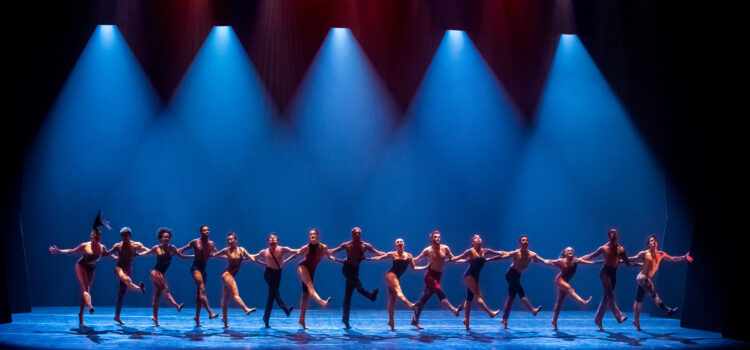By C.B. Adams
While waiting for the curtain to rise on Dance St. Louis’ 57th-season opener on Friday, Nov. 4, I Googled whether David Bowie had ever opined about dance. I was interested because this evening’s performance at the Touhill Performing Arts Center was “Stardust: From Bach to Bowie” by the NYC-based Complexions Contemporary Ballet.
And sure enough, the Google gods provided something Bowie once tossed out to Conan O’Brien: “I don’t know how many times someone has come up to me and said, ‘Hey, Let’s dance!’ I hate dancing. God, it’s stupid.”
That’s a funny, quotable line, and one that I’m sure he didn’t really mean. It’s hard to imagine a rock icon whose recommended reading list ranged from Camille Paglia’s “Sexual Personae: Art And Decadence From Nefertiti To Emily Dickinson” to “A Clockwork Orange” by Anthony Burgess and from “Passing” by Nella Larson to Julian Jaynes’ “The Origin Of Consciousness In The Breakdown Of The Bicameral Mind” would have really found dance at Complexion’s high level stupid.
Bowie was no dancer, but his innovative, chameleon-like stage presence revealed a theatricality and an understanding of rhythm, movement, lighting, clothing and presentation. His personas, from glam to glum, revealed an awareness of a certain sort of dance language, much like David Byrne of the Talking Heads (think of the way he moved in that Big Suit, or more recently, his “American Utopia” dance-adjacent performance). If dance (classical ballet to contemporary) works in sentences and paragraphs, then Bowie worked in specific words. In this regard, think Michael Jackson and that single, sequined raised glove.
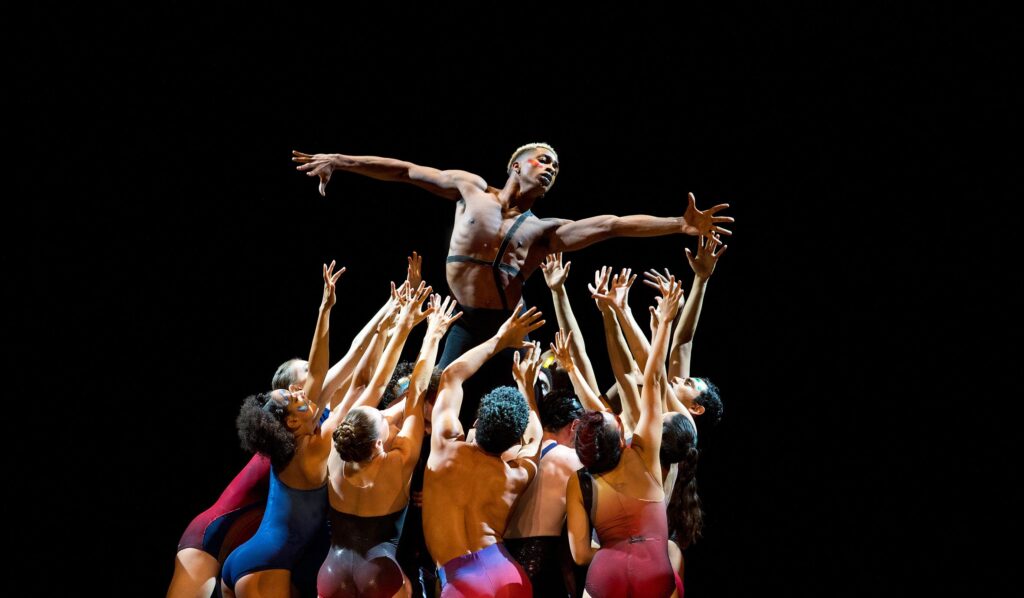
All of this highlights the successful blending of Bowie and ballet achieved by Complexions’ co-founder and choreographer Dwight Rhoden in the piece “Stardust.” In a recent interview with the “Los Angeles Times” about “Stardust,” Rhoden says, “…there’s a little Bowie in all of us… There’s so much imagery in the lyrics, there’s so many personas and characters and colors to his personality that it just lends itself to a performance of some kind.”
Complexions is masterful at this type of pop culture and contemporary dance mash-ups that have included the music of Marvin Gaye, Lenny Kravitz and Metallica. Beyond the novelty of these collaborations, it’s the versatility, athleticism and adeptness of the company that elevates the approach from performance to art while incorporating a wide range of elements from hip-hop to modern and classical ballet.
“Stardust” consists of nine Bowie songs, each with its own choreography and each lip synced by one or more of the dancers. The sequence begins with “Lazarus,” a song from Bowie’s last studio album (“Blackstar”) and his last single released before his death. This is followed by a “best of” sequence of songs spanning Bowie’s career, including “Changes,” “Modern Love” and “Young Americans.”
Each of the dancers had their own Bowie identity that drew from his iconic array of hairstyles, face paints and costumes. It was a nice reminder of how innovative the gender- and genre-bending Bowie was, especially in his glam-rock era. With no sets and minimal staging (and spot-on lighting by Michael Korsch), the emphasis was clearly on the choreography and execution by the dancers.
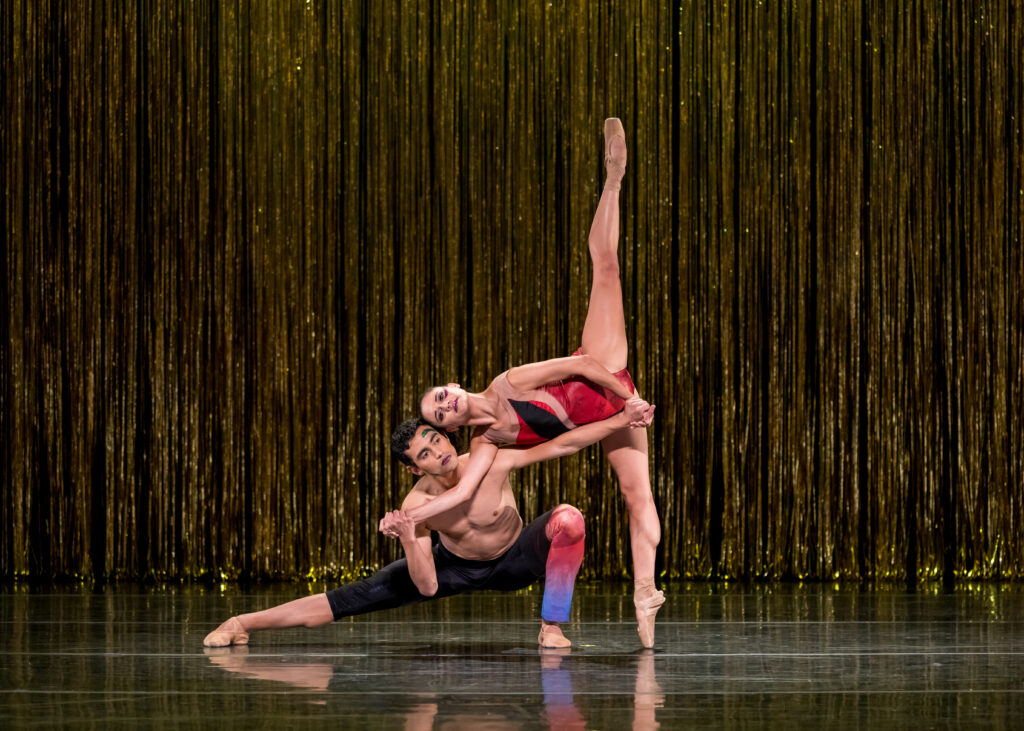
The program lists the dancers only as “The Company,” so instead of individual names, it’s best to refer to songs. Collectively, The Company is an exceptionally – and exceptionally equally talented – group of dancers that delivered an impressive range of strength, intensity, athleticism, expressiveness and technical prowess.
Of the nine choreographies, one of the standouts was certainly “Space Oddity,” during which the lead dancer confidently strode across the stage on pointe, then held a very Bowie-esque position for an extended, intense moment. Another standout was “Heroes,” danced to Peter Gabriel’s slow, extended cover of the song from his “Scratch My Back” album. Fans of Netflix’s “Stranger Things” might recognize this version of the song, which benefits from the slow treatment, reminiscent of Michael Andrews’ “Donnie Darko” soundtrack cover of Tears for Fears’ “Mad World.” The Company’s ensemble work on “Heroes” was exceptionally fluid and evocative.
The weakest of the series was “1984.” The choreography was not as interpretive, robust or visually interesting as the others. The dancer, clad in a leotard that was more Mary Lou Retton than Thin White Duke, wasn’t given movements as challenging or wowie “Zowie” as the others.
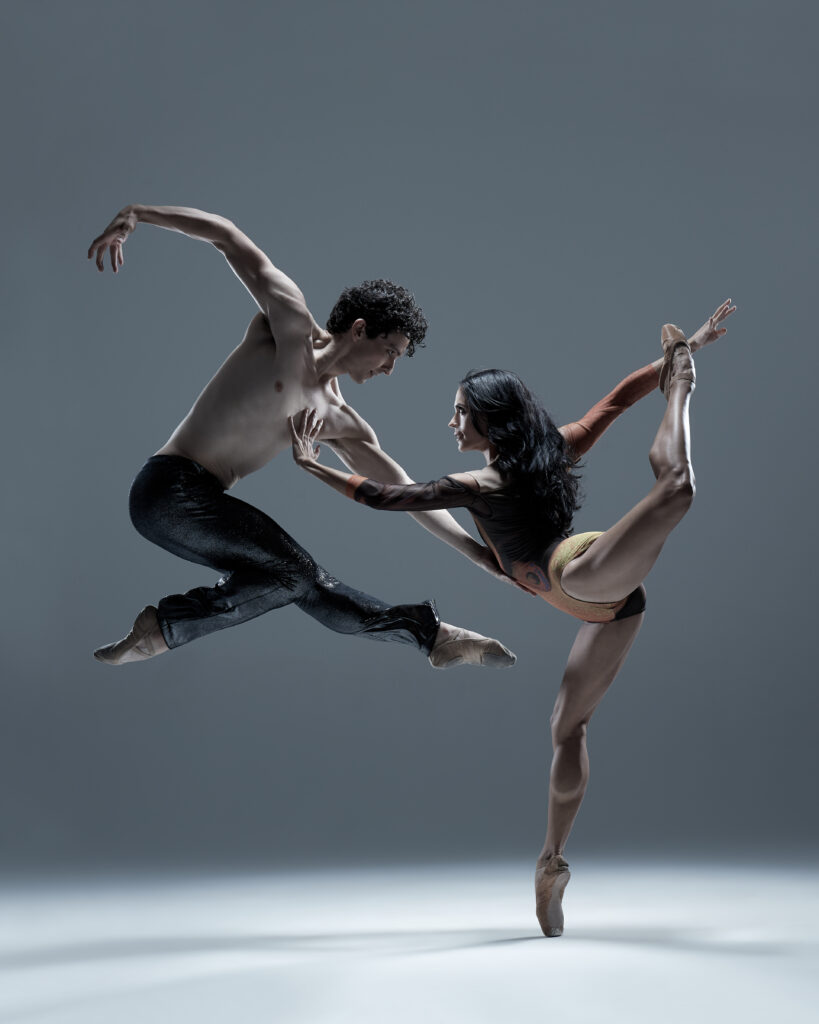
“Stardust” may have attracted the most attention, but it comprised only the second half of the Complexion’s program. The evening began with “Hissy Fits” after a rousing, pre-show “Happy Birthday” to Michael Uthoff, Dance St. Louis’ Artistic Director. “Hissy Fits” applies a frenetic, slinky, edgy choreography to some traditional melodies of J.S. Bach (heavy on the Glenn Gould interpretations).
Perhaps because “Hissy Fits” was more finely integrated from one Bach piece to the next, rather than discrete Bowie songs, it felt stronger and more “of a piece.” It was tempting to take it more seriously. Not better, per se, but certainly different. It was a strong piece and good choice to introduce the Complexions company.
As “Hissy Fits” opened with a fogged stage and the dancers beautifully illuminated (Michael Korsch’s lighting design for the entire show as stellar). Clad in nude-colored shorts and leotards, the dancers were statuesque in contrast to the lively, sinuous, complicated choreography that lived up to its name. “Hissy Fits” was more lyrical than “Stardust” and it is tempting to describe it as more balletic and classical, but not at the expense of its contemporary street dance elements. It’s a complicated piece about complicated feelings of frustration, bordering on hysteria.
The performance ended with a long-lasting, well-deserved standing ovation. As Bowie once observed, “Gentleness clears the soul, love cleans the mind and makes it free.” Gentleness, love and freedom shone through the dancers and the passionate choreography linked the two halves of the soulful program.
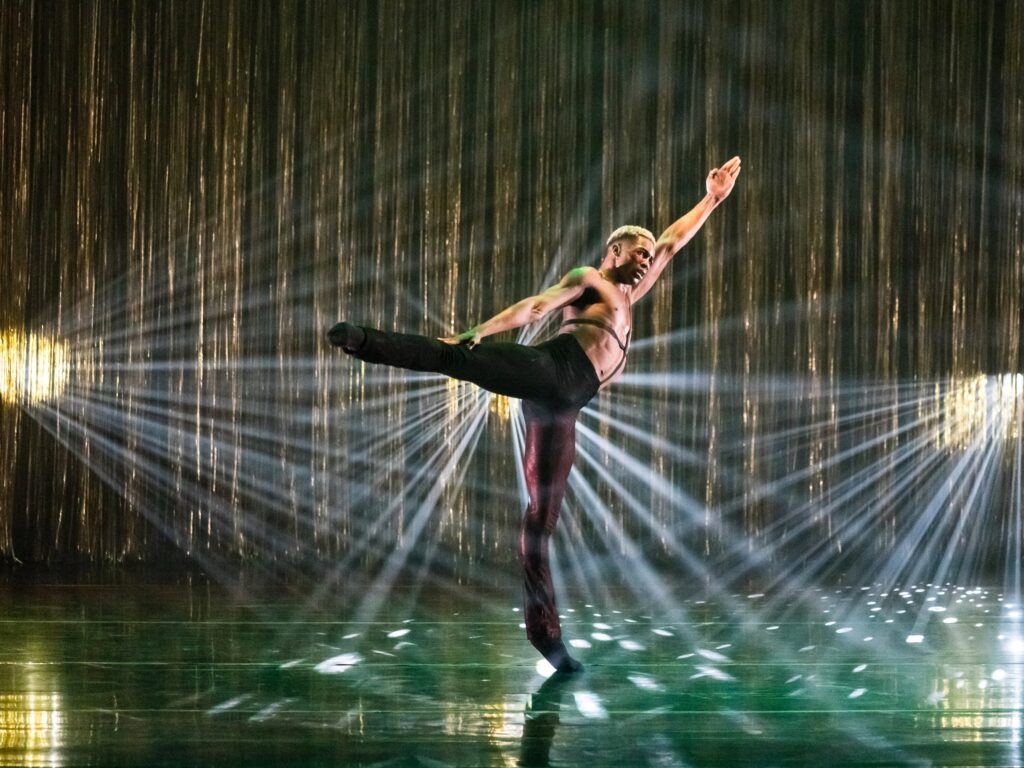

CB Adams is an award-winning fiction writer and photographer based in the Greater St. Louis area. A former music/arts editor and feature writer for the St. Louis Globe-Democrat, his non-fiction has been published in local, regional and national publications. His literary short stories have been published in more than a dozen literary journals and his fine art photography has been exhibited in more than 40 galley shows nationwide. Adams is the recipient of the Missouri Arts Council’s highest writing awards: the Writers’ Biennial and Missouri Writing!. The Riverfront Times named him, “St. Louis’ Most Under-Appreciated Writer” in 1996.

